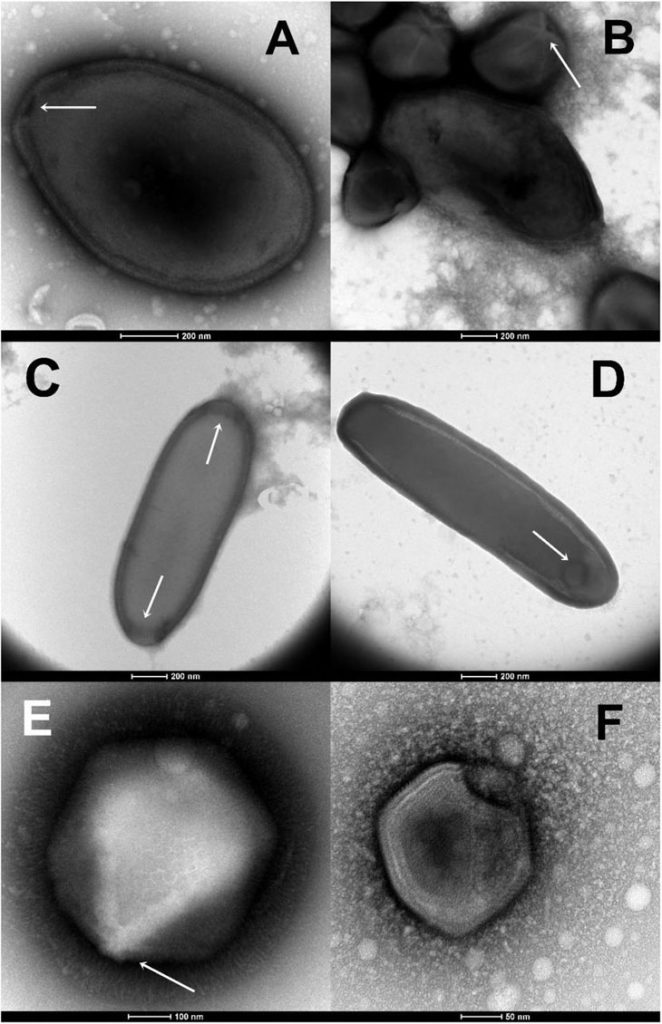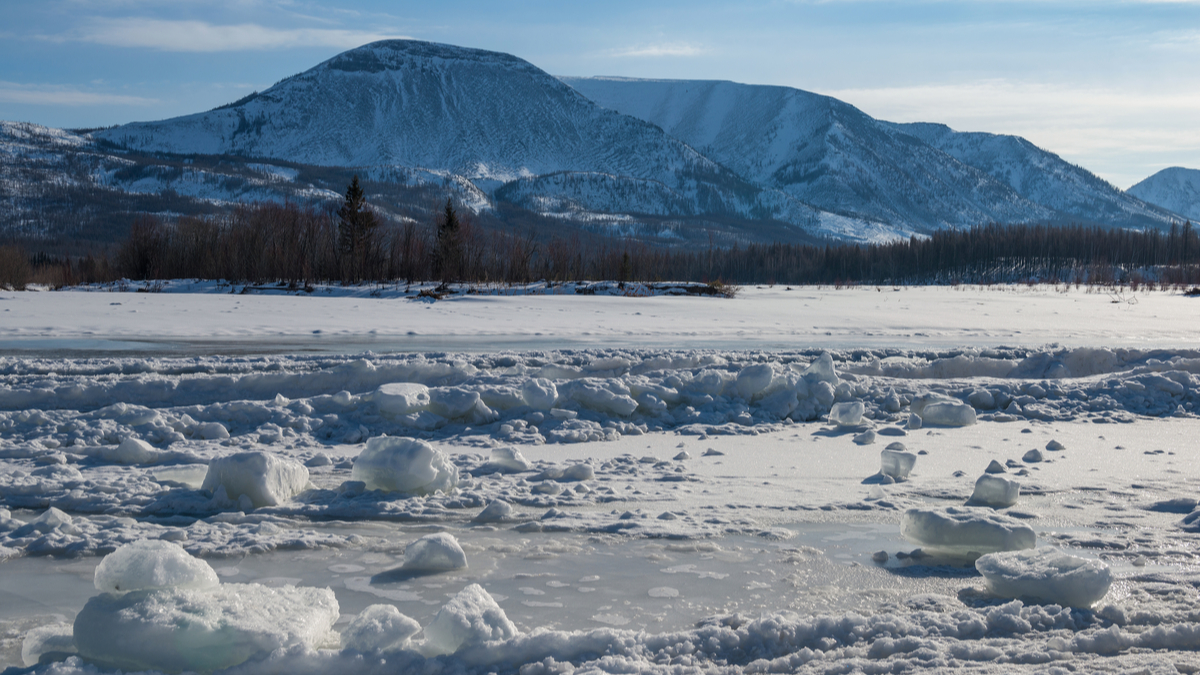Seven types of viruses trapped for tens of thousands of years in the Siberian permafrost have recently been “resurrected”. If the age of the most recent has been estimated at 27,000 years, that of the oldest is close to 50,000 years.
Bringing an ancient giant virus back to life
Over the years, several teams of scientists have claimed to have revived pathogenic bacteria trapped in sediments, ice or salt crystals hundreds of millions of years old. However, determining whether these organisms are really as old as the samples they were found in or whether they are younger bacteria that later contaminated them is notoriously difficult, as standard radiocarbon dating doesn’t work over time past 50,000 years.
As part of pre-published works on the server bioRxivJean-Michel Clavierie and his colleagues at the University of Aix-Marseille have resurrected an ancient pandovirus (virus giant single-celled organisms called amoebae). At 48,500 years old, technically the oldest ever awakened, this came from a sample of permafrost (or permafrost) taken from about fifteen meters below the bottom of a lake in Yakutia.
According to Clavierie, the fact that pandoviruses remain infectious after being trapped in ice for so long implies that other types of viruses will as well. ” There is a risk, magnified by climate change, that they could infect plants or animals, including people, if they thaw “says the researcher, remembering that bacteria and viruses come out” daily » you permafrost.

A real pandemic risk
If human presence was once extremely low at these latitudes, the authors of the study point out that more and more people are settling in the Arctic region to exploit its precious resources (gold and diamonds in particular). And it turns out that the first step in mining is the removal of the upper layers of permafrost.
Although the risk of ancient viruses emerging from the permafrost triggering a pandemic generally thought to be lower than that associated with their circulating counterparts in domestic and wild animals, Rebecca Katz of Georgetown University points out that it is essential to consider all potential emergency pathways to be as prepared as possible. “ The threat of ancient viruses released by thawing permafrost is very real “says the researcher.
Deliberate attempts to bring permafrost viruses back to life could also be risky. While Clavierie considers her team’s approach safe, due to the inability of viruses that affect amoebae to infect plants or animals, a Russian team plans to revive the viruses that have infected mammoths.



